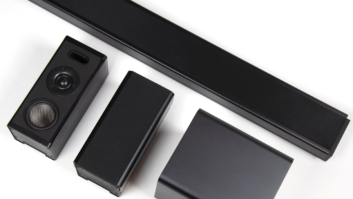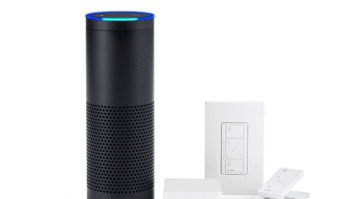Back in May I shared my thoughts about how a lack of momentum on the part of Apple’s HomeKit initiative should not be interpreted as a sign that Cupertino had given up. But if you still had your doubts, then the Apple Worldwide Developers Conference (WWDC) 2016 ought to have quelled them.
At its core HomeKit is simply a series of APIs designed to ensure interoperability between smart home devices from multiple manufacturers. In and of itself this is not an entirely novel idea. What gives HomeKit potential to succeed where others have failed is simply a matter of economics. Device makers have a clear motivation to comply when the marketing muscle of Apple is in play.
With so much at stake, the lack of momentum for HomeKit has been perplexing. But somewhat lost in the conversation about Apple’s sluggishness has been a key question: Who will own the interface? After all, tight integrations and interoperability mean very little to end users who are stuck muddling through a poorly conceived interface. We’ve all seen enough poorly implemented professional solutions to know this is true.
Enter Apple’s newly announced Home app, a dedicated HomeKit app developed by Apple. Unveiled amongst a series of updates coming in iOS 10, what the app lacks in naming originality is more than made up for in terms of its significance. With practically no setup required, the app will seamlessly control HomeKit-compatible products from a rapidly increasing number of manufacturers. The Home app also supports scenes, allowing users to group multiple devices into easily recalled functions natively within iOS.

With iOS 10’s release later this year, tens, possibly hundreds, of millions of users will have a highly capable smart home system installed in their homes overnight. There are no additional apps needed to get started, let alone the type of dedicated smart home control processors so many of us have built our businesses around.
Statistics aside, the Home app should be viewed as a sign that Apple is serious about its long-term plans to be part of the smart home. For proof, look no further than Apple’s decision to include the HomeKit functionality within the iOS control center. This is the part of your phone where you can swipe up from the lock screen to quickly access functions like your camera and audio controls. In the world of iOS development, this is hallowed ground. The Home app’s inclusion here is no small indication that Apple sees the connected home as integral to its long-term strategy.
Apple’s HomeKit framework may well represent the future of the smart home. But the mainstream smart home, if we ever get there, will rest on three pillars: interoperability, reliability, and ease of use. Prior to last week’s announcement of the Home app, Apple only seemed concerned with the two former items.
The Home app should be viewed as a sign that Apple is finally starting to “get it.” We, as home technology professionals, had better be paying close attention.





